Have you ever been lost? Have you been convinced that you are going in the right direction and then something doesn’t look right or feel quite right? When Chris and I headed north to the Brainerd Lakes area to see Michaela’s camp, she had texted us directions. After 32 years of marriage, Chris and I make a pretty good team when it comes to getting somewhere–he’s a great driver, and I’m a good navigator. No GPS for us. Directions, a map, and a sense of adventure. We were headed north on 3 Highway looking for a right-hand turn onto 118. We passed a left-hand turn-off for 118, so anticipated seeing it continue to the right farther up the road–not unusual when skirting around lakes. We kept driving. I double-checked the directions. Yep, we were going the right way. More driving. There was another intersection. I checked the map again–whoops, we were too far north. We turned around, took 118 to the west, and easily found the camp.
Imagine navigating across the vast prairie as the early settlers did. One native North American plant helped the travelers know they were heading in the right direction. Compass plant is a tall sunflower-looking perennial that towers above the prairie grasses in July and August.
The prairie of St. John’s Arboretum has a number of compass plants rising six to nine feet into the sky. This towering plant has a deep taproot that helps maintain its tall structure. The stems contain a bitter, resinous sap the Native Americans used as chewing gum to cleanse the mouth. The leaves are deeply cut, rigid, and leathery with a rough surface. They orient themselves in a vertical position in a north-south direction. With the blades of the leaves facing the east-west direction, it reduces the amount of sun hitting the leaves, which conserves water.
Compass plants take up to three or four years to mature and flower. The first year of growth from a seed is a single leaf, allowing the energy to produce extensive roots. The flowers bloom to the east like sunflowers.
We have all been lost at times–both physically and spiritually–even when we believe we are on the right path. Being aware of our surroundings, listening and looking for the signs around us, and having an inner sense of where we should be, help us on our journeys. We use different means to find our way–directions and maps, GPS, guidance from others and from God, a phone call, reading and writing, and even Nature’s plants.
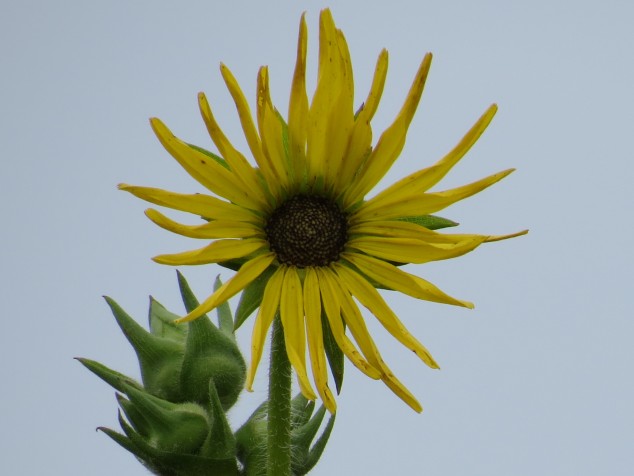
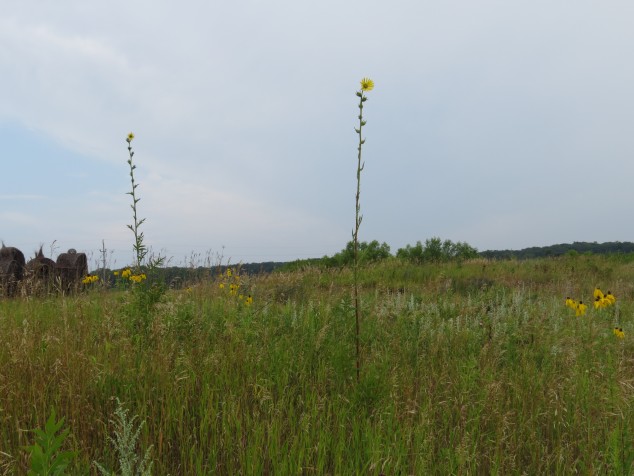

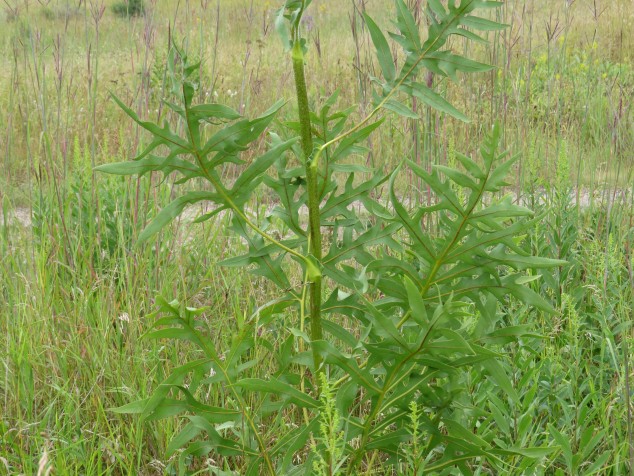
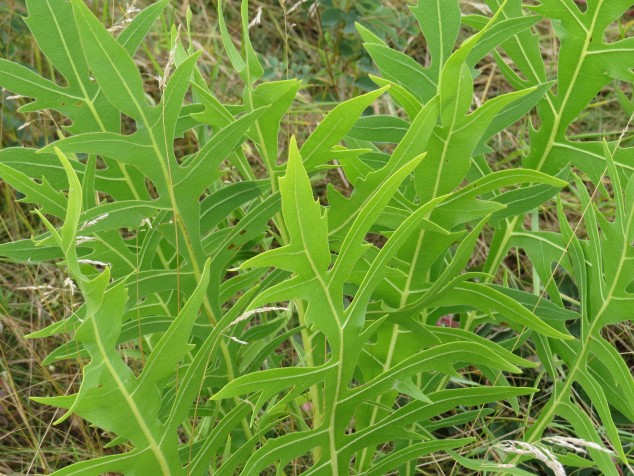
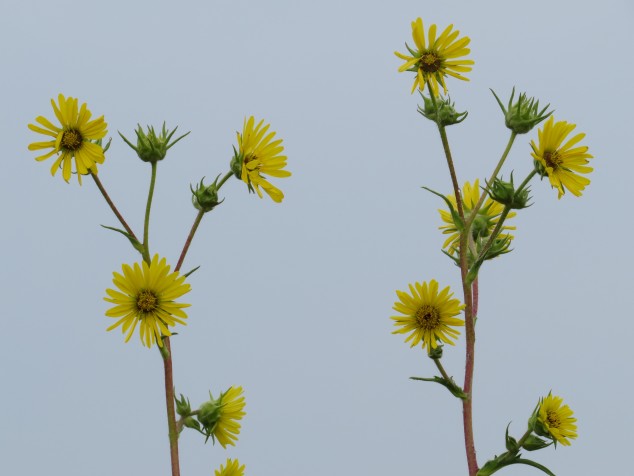
Leave a Reply